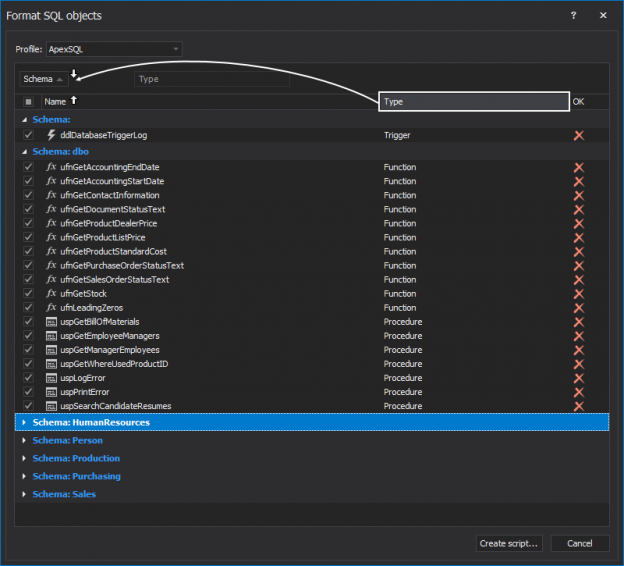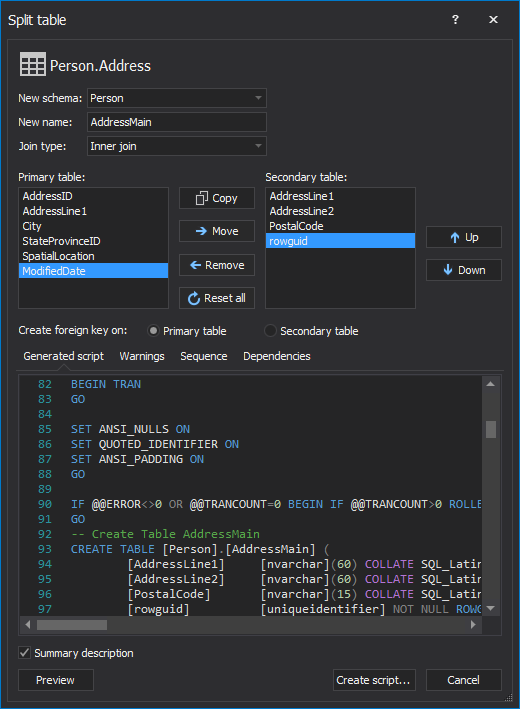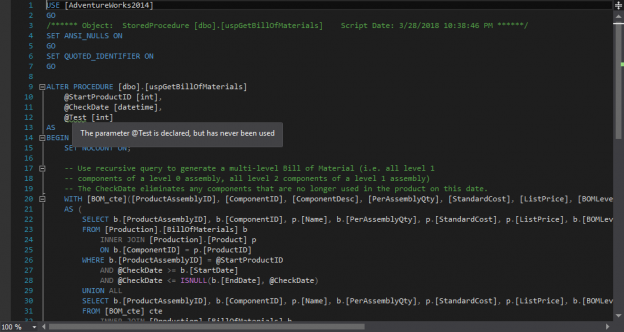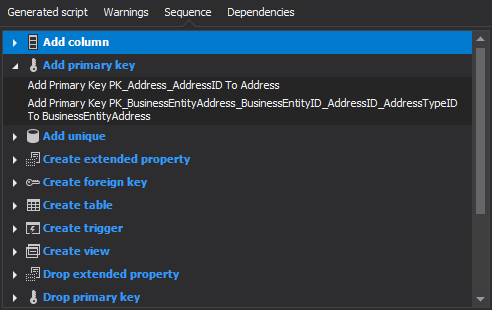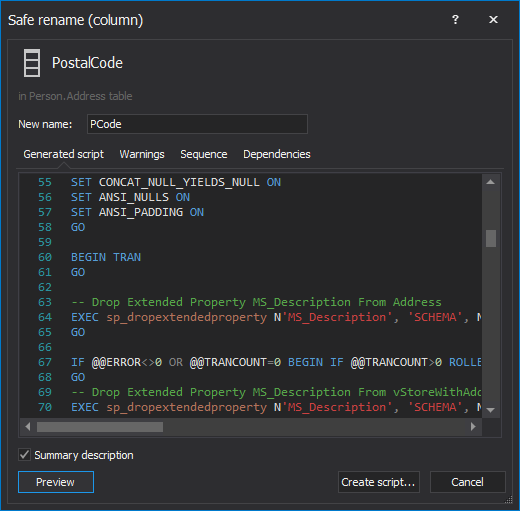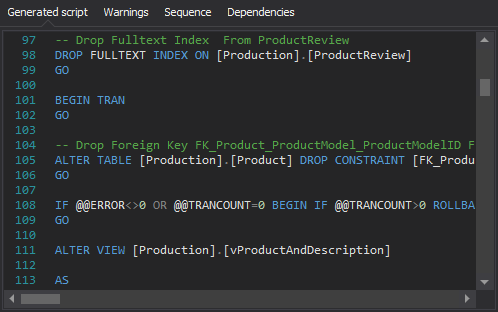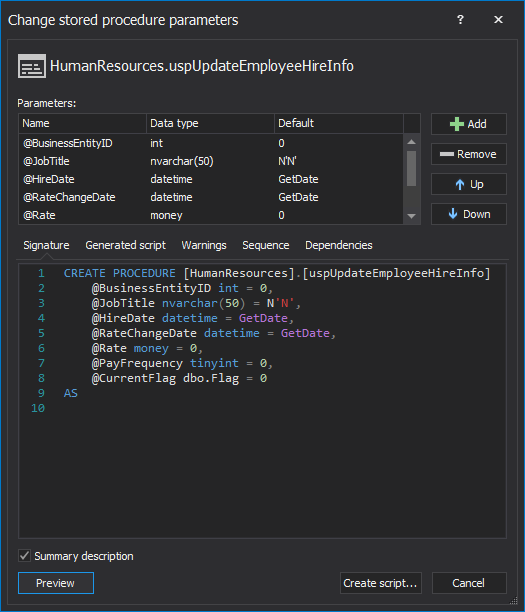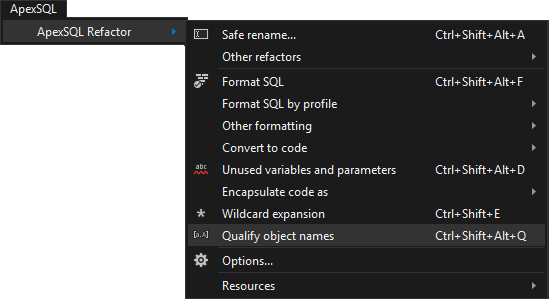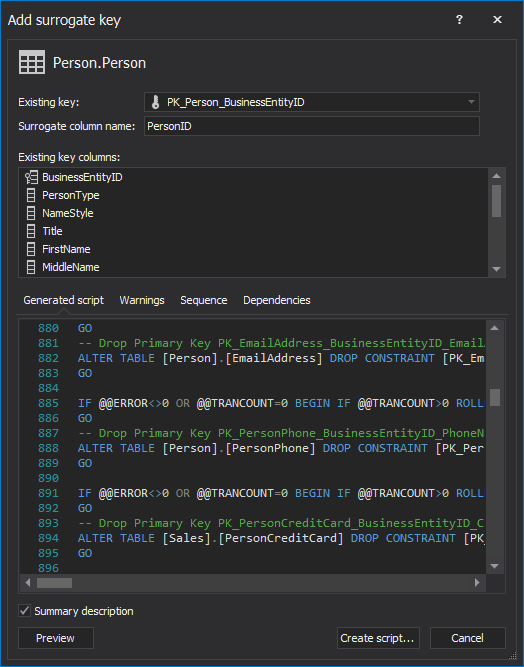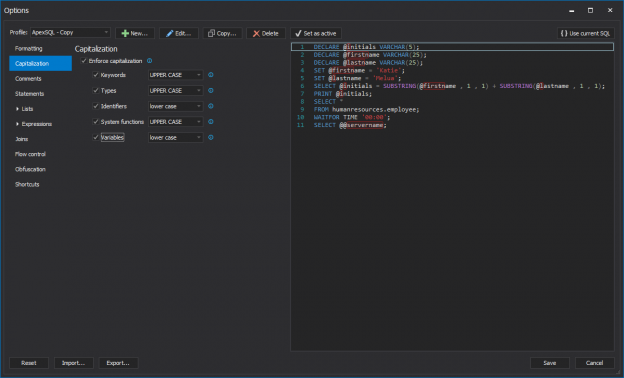
From time to time, a database object may need to be renamed for various reasons. When that happens, native features for renaming SQL Server database objects can be very useful. But, there are big differences between just renaming SQL Server database objects in the SQL Server Management Studio and Safe renaming them with ApexSQL Refactor.
This article will explain the differences between renaming database objects with SSMS and the ApexSQL Refactor’s Safe rename feature.
April 27, 2017


